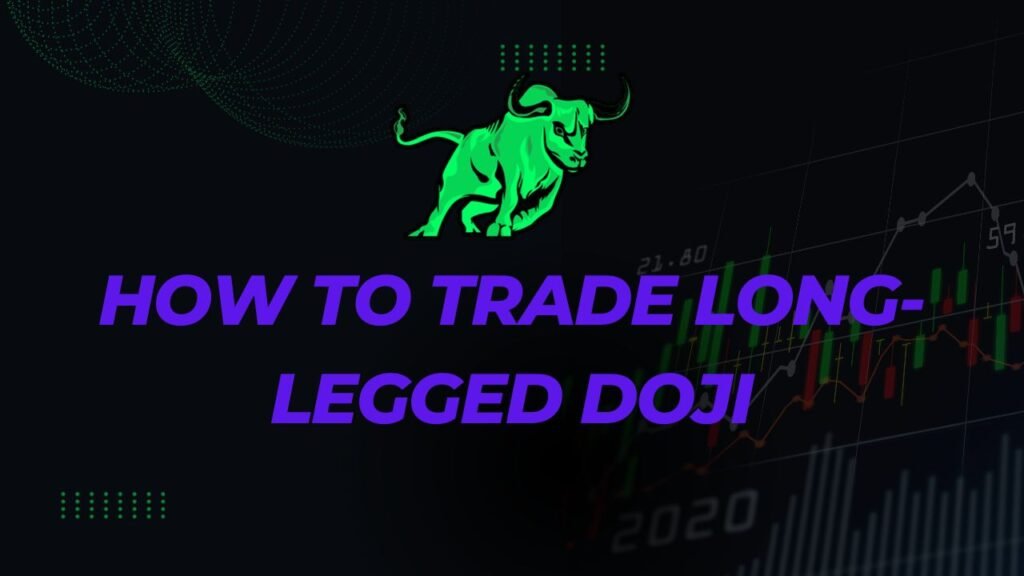
In the intricate world of trading, the Long-Legged Doji stands out as a unique candlestick pattern, often signaling market indecision. Understanding how to interpret and trade this pattern can be a valuable skill for traders. In this guide, we’ll explore what the Long-Legged Doji is and how you can leverage it for more informed decision-making.
Unraveling the Long-Legged Doji
The Long-Legged Doji is characterized by a small real body with upper and lower shadows that are significantly longer, indicating uncertainty and a battle between buyers and sellers.
Identifying the Long-Legged Doji
- Small Real Body: Look for a candle with a small real body, suggesting that the opening and closing prices are close together.
- Long Upper and Lower Shadows: Both upper and lower shadows should be notably longer than the real body, illustrating volatility and indecision.
Trading Strategies for Long-Legged Doji
1. Confirmation is Key
Wait for confirmation in the following sessions before making any trading decisions based on the Long-Legged Doji.
2. Combine with Support and Resistance
Enhance the effectiveness of the Long-Legged Doji by incorporating support and resistance levels into your analysis.
3. Implement Risk Management
Due to the indecision reflected in the Long-Legged Doji, set clear stop-loss orders to manage risk effectively.
Advantages of Trading Long-Legged Doji
- Spotting Market Indecision: The Long-Legged Doji provides a clear visual representation of uncertainty in the market.
- Versatility: Applicable to various timeframes, offering flexibility to traders.
- Risk Management: The long shadows of the Long-Legged Doji allow for effective risk management through well-placed stop-loss orders.
Conclusion
In conclusion, the Long-Legged Doji is a powerful tool for traders seeking to navigate periods of market indecision. By understanding the pattern and implementing effective trading strategies, you can make more informed decisions in uncertain market conditions.
Remember, successful trading involves a combination of technical analysis, risk management, and a deep understanding of market psychology.